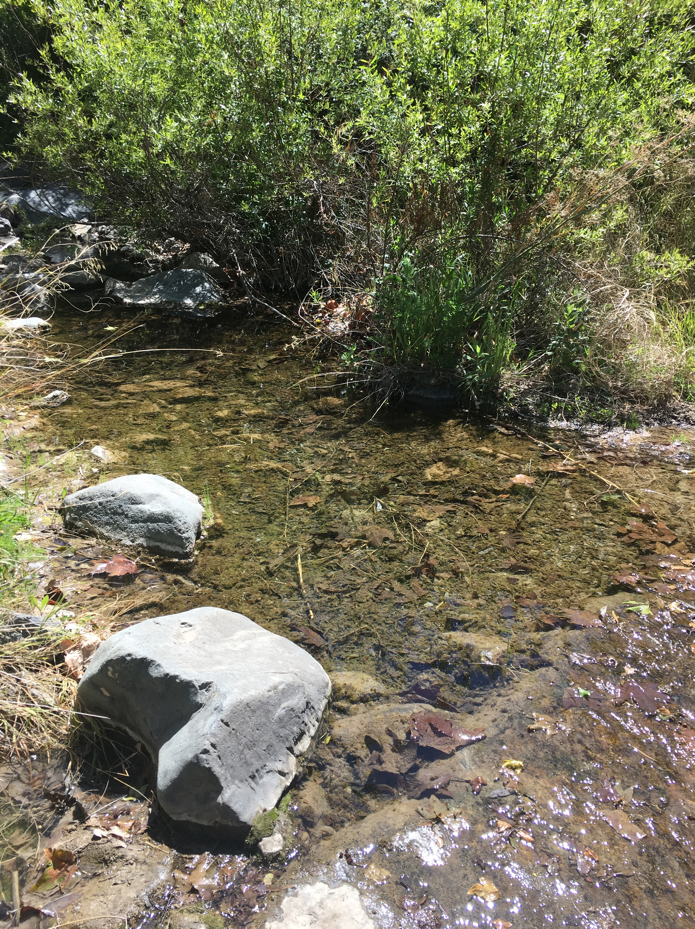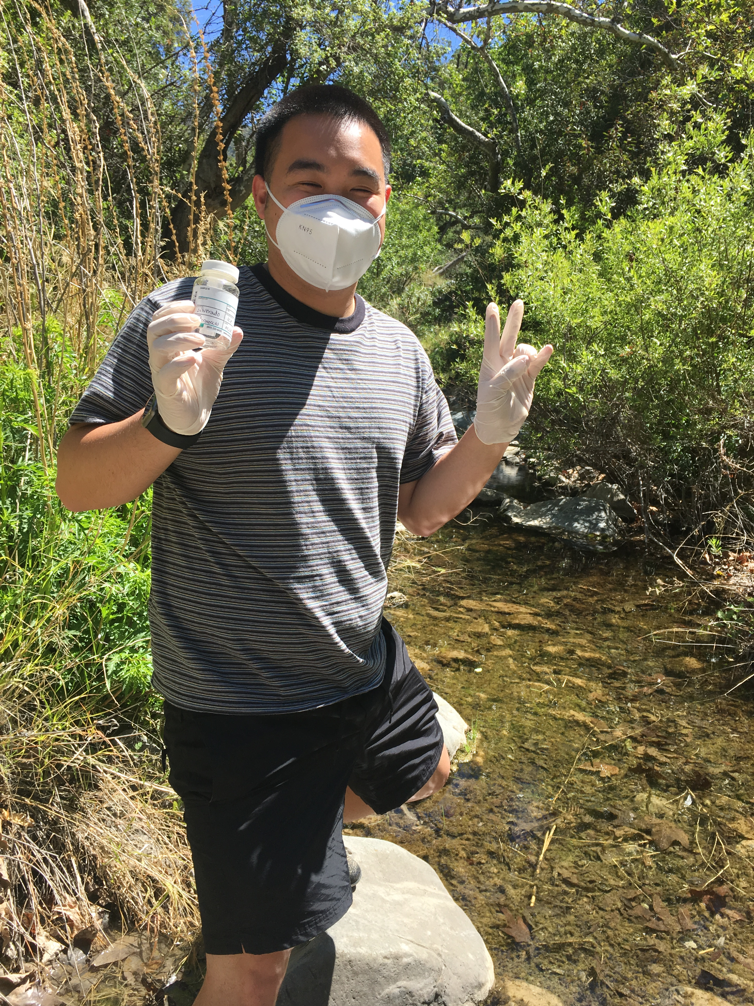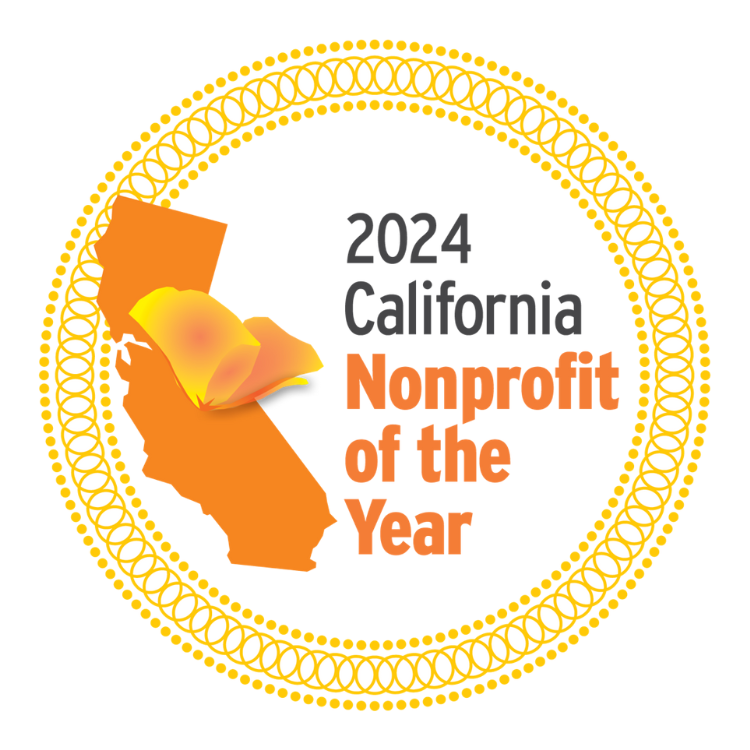By Rachel
While working as an intern at Orange County Coastkeeper, I had the opportunity to assist the Forest Service in the development of a Quality Assurance Project Plan (QAPP) for a water quality monitoring program in the Cleveland National Forest. A QAPP is a document that outlines the procedures for a monitoring project in order to ensure the data it collects and analyzes will meet the project requirements.
The QAPP I helped develop describes the procedures for collecting samples of indicator bacteria (E. Coli and Enterococcus) at three different field sites within the Cleveland National Forest.
In order to choose which sites and contaminants to monitor, some other interns and I researched which impaired bodies of water in the region also fell within the boundaries of the Cleveland National Forest by examining the map on the 303(d) list from the State Water Resources Control Board website.
Under Clean Water Act (CWA) section 303(d), states are required by the United States Environmental Protection Agency to submit a list of waters within its boundaries not meeting water quality standards (impaired waters) as well as the water quality parameter (i.e., pollutant) not being met. This list is referred to as the 303(d) list.

After compiling a list of impaired bodies of water within Cleveland National Forest, we then looked into which specific contaminants were listed and where these samples were collected.
Using the latitude and longitude data of these monitoring sites from the State Water Resources Control Board site, we were then able to confirm whether these specific samples were collected within the forest boundaries and identified three potential bodies of water to monitor for indicator bacteria: Trabuco Creek, Silverado Creek, and San Juan Creek.
The next step was to collect water samples from each site and send them to the lab to be analyzed for levels of E. Coli and Enterococcus.
I was able to conduct sampling at one of the sites (Silverado Creek) with another Coastkeeper intern. The procedure was very similar to the sampling procedures for stormwater monitoring. Because there was a good amount of water flowing in the creek, we were able to use the sampling bottles to collect water samples directly from the creek.
After collecting our samples and filling out the field data sheets for each one, we then dropped off our samples back at the Coastkeeper office so they could be taken to the lab later that day to be analyzed for indicator bacteria levels along with the samples from the other sites.
Below is a photo of my fellow intern from when we went sampling at Silverado Creek!

Click here to learn how you can get involved in protecting the State of Your Water.
The State of Your Water is in our hands. Support us today so that we may continue to advocate for
water conservation and keep our coastal and inland waters clean.





